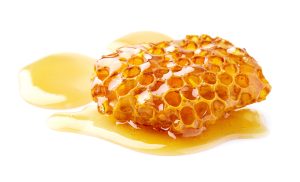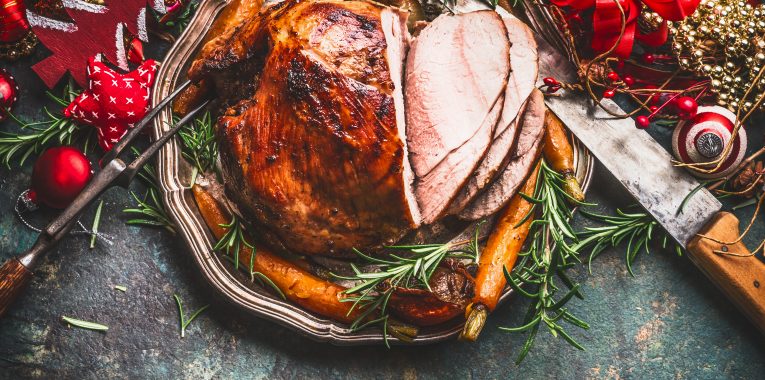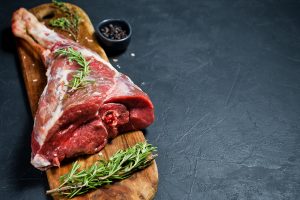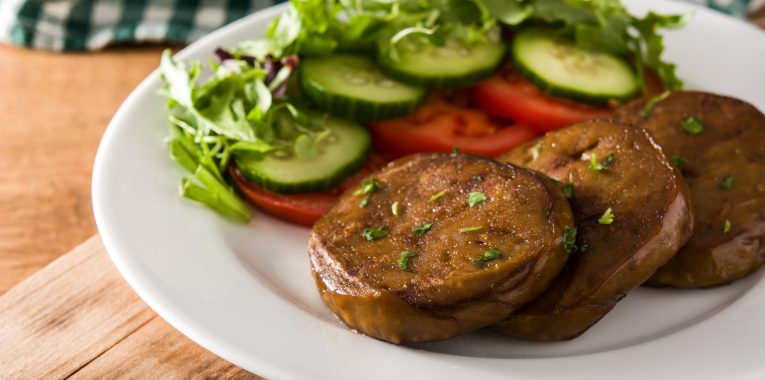Almost all of us love desserts!
Desserts are often loaded with processed sugar, making them a not-so-healthy treat. But there are ways to make desserts using less processed sugar, without sacrificing taste. Here are some tips for making healthier desserts that the whole family will enjoy.

Cut back on your processed sugar intake by incorporating delicious, unrefined sugars (naturally smart sugars) in your desserts. Natural “smart sugars” like coconut sugar, maple syrup, honey, dates, sorghum and molasses are all delicious and nutritious alternatives to overly processed white sugar. These delicious natural sweeteners can enhance the flavor of baked goods and give you a more wholesome treat. Plus, they often contain valuable nutrients such as zinc, potassium and magnesium that when consumed in moderation can help satisfy cravings without filling you with empty calories. So why not try using less processed sugar (naturally “smart sweeteners”) in your favorite desserts? Your taste buds – and metabolism – will thank you!

There are many sugar substitutes out there but most of those are processed also. There have been no studies conducted, at the time of this writing, indicating long-term health effects. Why risk using unknown/new fad sugars? My suggestion is to use “smart sweeteners” which will reduce health risks by consuming excess processed sugars greatly.
One recipe that we will do in the next blog post is mini Pavlovas. I’m actually experimenting with this recipe now so that we can add it to our kids cooking club and holiday baking programs. It is important to note that when using these alternatives, the amount of temperature, the ratio of smart sugar to another ingredient, and the cooking time may be adjusted. But your experimenting will pay off big time. Taste really won’t be affected and you will be a “family hero” just for trying.

For example, when substituting honey for sugar in a recipe, use only half or two-thirds of the amount of sugar called for in a recipe because honey is sweeter than sugar. Additionally, if using honey, dates or maple syrup for baking it is important to reduce the oven temperature by about 25 degrees Fahrenheit and increase the cooking time slightly. This will prevent burning the dessert or creating bitter notes.
















